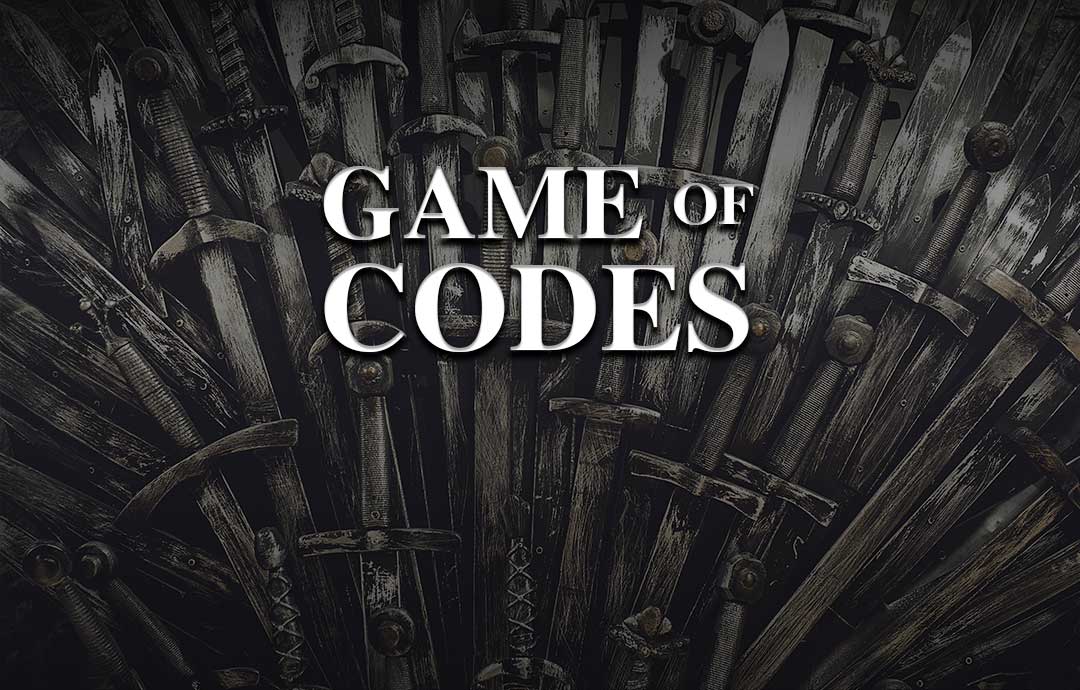Game of Codes
Developed on the plea of distraught cashiers on supermarket counters and customers who were sick of standing in never-ending queues, Barcode was a brilliant invention that began as four lines drawn in sand on a Miami Beach. Since its inception, it had been an indispensable part of making our day-to-day life easier.
In no time bar codes could be seen on every possible item. These 20 alphanumeric characters were capable of storing information horizontally (1D). When printed on the packaging of the product and scanned by an optical sensor, the information (manufacturer’s name, type of item, price and so on) is directly sent to computers making the customer queues disappear faster. But in this fast-paced world nothing is ever enough and so Japan came to the rescue.
Developed in 1994 by Denso Wave, a Toyota subsidiary, QR code (Quick response) seems to have replaced the familiar black parallel lines in the last decade with age of smartphones. Apart from the obvious differences in appearance, QR holds many advantages over barcodes.
1. LESS SPACE-MORE DATA
QR is a 2D information matrix, meaning, it can store information vertically as well as. This also is capable of storing 100 times more information in 10 times less printing space.
2. CUSTOMIZATION
The aesthetic appeal of the code is that you can alter it by its error correction feature to include a logo, keyword, picture, etc. and make it your own.
3. READ 360
A QR code is capable of being read in 360 degrees, from any direction, thus eliminating any interference and negative effects from backgrounds.
4. DATA RECOVERY
When damaged, the QR code can still recover from 30 to 35% of the damaged data, words, or symbols which is not possible with Barcode.
References:
By
Aayushi




